alimentary lymphoma in cats
Alimentary affects the digestive system and lymph nodes around that area. Alimentary lymphomas include a gastrointestinal GI form a mesentery lymph node form and a hepatic form.

Figure 8 From Extranodal Lymphoma In The Cat Semantic Scholar
As such alimentary lymphoma is also known as feline intestinal lymphoma.

. Feline alimentary gastrointestinal lymphoma is the most common cancer diagnosed in domestic cats. The causes are unknown but some factors such as breed genetic factors FeLV in cats and environmental factors can play an important role. 48 Treatment of large-cell feline GI lymphoma with multiagent chemotherapy protocols has led to median remission durations of.
Feline lymphoma is a malignant cancer of the lymphatic system the exquisitely structured arrangement of internal organs and tissues that directly or indirectly influences virtually every aspect of a cats physical existence. Low-grade small cell lymphocytic feline GI lymphoma is composed of small relatively well-differentiated. The incidence of LGAL has increased over the last ten years and it is now the most frequent digestive neoplasia in cats and comprises 60 to 75 of gastrointestinal lymphoma cases.
Practical relevance Accurate diagnosis of the distinct subtypes of alimentary lymphoma AL that occur in cats is important as there are major differences between them in clinical presentation treatment and prognosis. The most common subtype is known as enteropathy-associated T cell lymphoma EATL type II or small cell lymphoma and accounts for 10-20 of all tumors with approximately 200 cases per 100000 cats reported each year. If a cat is leukemia free there is a chance the cat will recover after undergoing.
Intestinal lymphomas usually cause poor eating weight. Feline GI lymphoma appears to occur as one of two major types with a portion of cats being affected by a more indolent small-cell lymphocytic form of lymphoma and others having a more aggressive large-cell lymphoblastic form of lymphoma. Feline GI lymphoma is histologically classified as low intermediate or high grade according to the size and anaplasticity of the neoplastic lymphoid cells.
There are a few papers reporting association of feline immunodeficiency virus FIV infection and feline lymphomas. The incidence of alimentary lymphoma between the pets with lymphosarcoma is around 7. Patients often present with a history of reduced appetite intermittent vomiting and sometimes a palpable mass in the abdomen.
Intestinal Lymphoma in Cats. Author Tracy Gieger 1 Affiliation 1. Alimentary lymphoma in cats and dogs Vet Clin North Am Small Anim Pract.
Vet Radiol Ultrasound 1994356468-472. However a small subset of cats may have long survival times and factors associated with survival time were not found. Symptoms of Feline Intestinal Lymphoma Alimentary Feline intestinal lymphoma is often referred to as an alimentary form of this cancer.
Alimentary Lymphoma in Cats Also known as gastrointestinal lymphoma the alimentary form affects the gastrointestinal tract in cats. Unfortunately says Margaret McEntee DVM professor of oncology at Cornell Universitys College of Veterinary Medicine it is the most frequently. Persistent diarrhea and vomiting.
Currently the most frequently diagnosed form of feline lymphoma is the alimentary or intestinal form. Incidence and Causes of Gastrointestinal Lymphoma in Cats. However a small subset of cats may have long survival times.
Differentiation of feline inflammatory bowel disease and intestinal small cell lymphoma can be challenging and some clinicians argue that it is unnecessary because prognosis and treatment are similar. An emerging entity and a potential animal model for human disease Background. Lymphoma is one of the most common malignancies in cats and gastrointestinal or GI lymphoma in cats is an increasingly common problem.
Cats with alimentary lymphoma are poorly responsive to treatment with vincristine cyclophosphamide and prednisone. Unlike intermediate- and high-grade alimentary lymphoma IHGAL and large granular lymphocyte lymphoma LGLL which can. The condition is known as Kennel Cough because animals that have been exposed to.
Clinical challenges Differentiation of low-grade alimentary lymphoma from lymphoplasmacytic enteritis can be challenging. Feline low-grade alimentary lymphoma. Accurate diagnosis is important to guide appropriate treatment.
Alimentary lymphomas include a gastrointestinal GI form a mesentery lymph node form and a hepatic form. Both the liver and the stomach as well as the intestines make up the gastrointestinal tract. The median or average age of the cats with alimentary lymphomas is around 10 years old and they are mostly FeLV negative.
Alimentary lymphoma AL is the most common intestinal neoplasm in cats 1 2 3 4 5 6 7 8 9. Ultrasonographic appearance of feline alimentary lymphoma. Differentiation of feline inflammatory bowel disease and intestinal small cell lymphoma can be cha.
Alimentary lymphoma Exocrine pancreatic insufficiency Inflammatory bowel disease Lymphangiectasia Also of Interest Merck and the Merck Veterinary Manual. Gastrointestinal GI or alimentary lymphoma is the most common form of lymphoma in cats1-3. Cats with alimentary lymphoma are poorly responsive to treatment with vincristine cyclophosphamide and prednisone.
AL comprises a group of diseases present in the gastrointestinal GI tract with. There are a few papers reporting association of feline immunodeficiency virus FIV infection and feline lymphomas. Gastrointestinal GI or alimentary lymphoma is the most common form of lymphoma in cats.
Practical relevance Alimentary lymphoma AL occurs commonly in cats and exists as distinct subtypes that differ in their clinical course response to treatment and prognosis. Low-grade alimentary lymphoma LGAL is characterised by the infiltration of neoplastic T-lymphocytes typically in the small intestine. Lymphoma is a clonal expansion of neoplastic lymphocytes in solid organs and is the most common feline.
The median or average age of the cats with alimentary lymphomas is around 10 years old and they are mostly FeLV negative. Diagnosis is made on biopsy either by fine needle aspirate core biopsy or surgical biopsy. Electronic searches of PubMed and Science Direct were carried out.
Gastrointestinal lymphoma refers to lymphomas where the cancer appears in the small. Also environmental factors such as cigarette smoke may. Currently the most frequently diagnosed form of feline lymphoma is the alimentary or intestinal form.
As with all varieties of this cancer GI lymphoma is a disease of the lymphatic system and targets cells called T-or B-lymphocytes. DESCRIPTION provided by applicant. Alimentary lymphoma in cats.
Experts believe there is no link between this form and feline leukemia.

Feline Alimentary Lymphoma Semantic Scholar

Causes And Risks Of Cat Lymphoma And Leukemia Vlog 97 Youtube
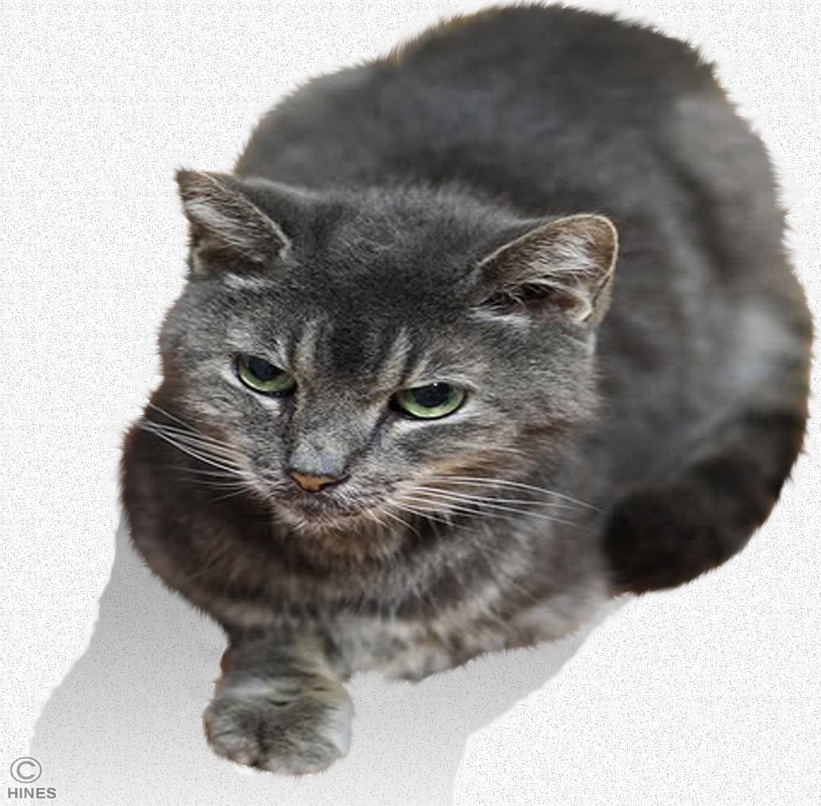
Lymphoma In Your Cat Ron Hines Vetspace 2nd Chance The Animal Health Website

Epidemiological Pathological And Immunohistochemical Aspects Of 125 Cases Of Feline Lymphoma In Southern Brazil Leite Filho 2020 Veterinary And Comparative Oncology Wiley Online Library

How To Diagnose Feline Intestinal Lymphoma 9 Steps
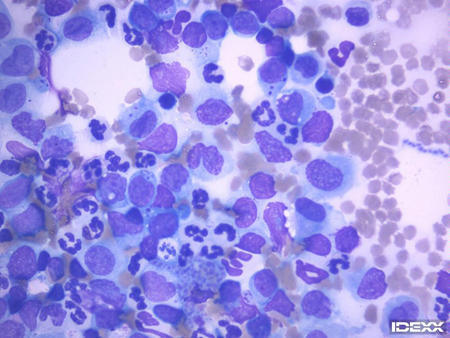
Feline Lymphoma What Your Need To Know The Animal Medical Center
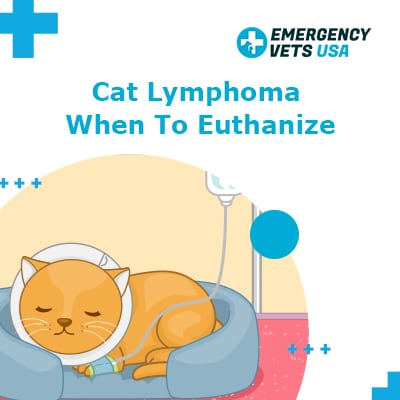
Cat Lymphoma When To Euthanize Our Opinion
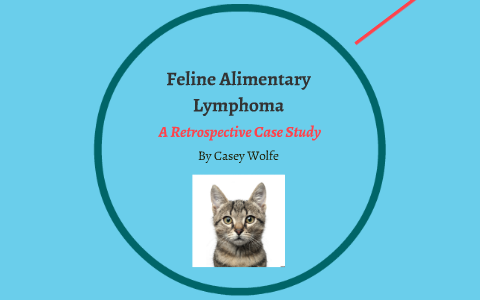
Feline Alimentary Lymphoma By Casey Wolfe

Lymphoma In The Cat Fact Sheet Davies Veterinary Specialists

Fur Everywhere Lymphoma In Cats

Feline Cutaneous Lymphoma Figure 1 Diffuse Anaplastic Large B Cell Download Scientific Diagram

Frequency Of Involvement Of Gastrointestinal Segments In Mucosal T Cell Download Scientific Diagram
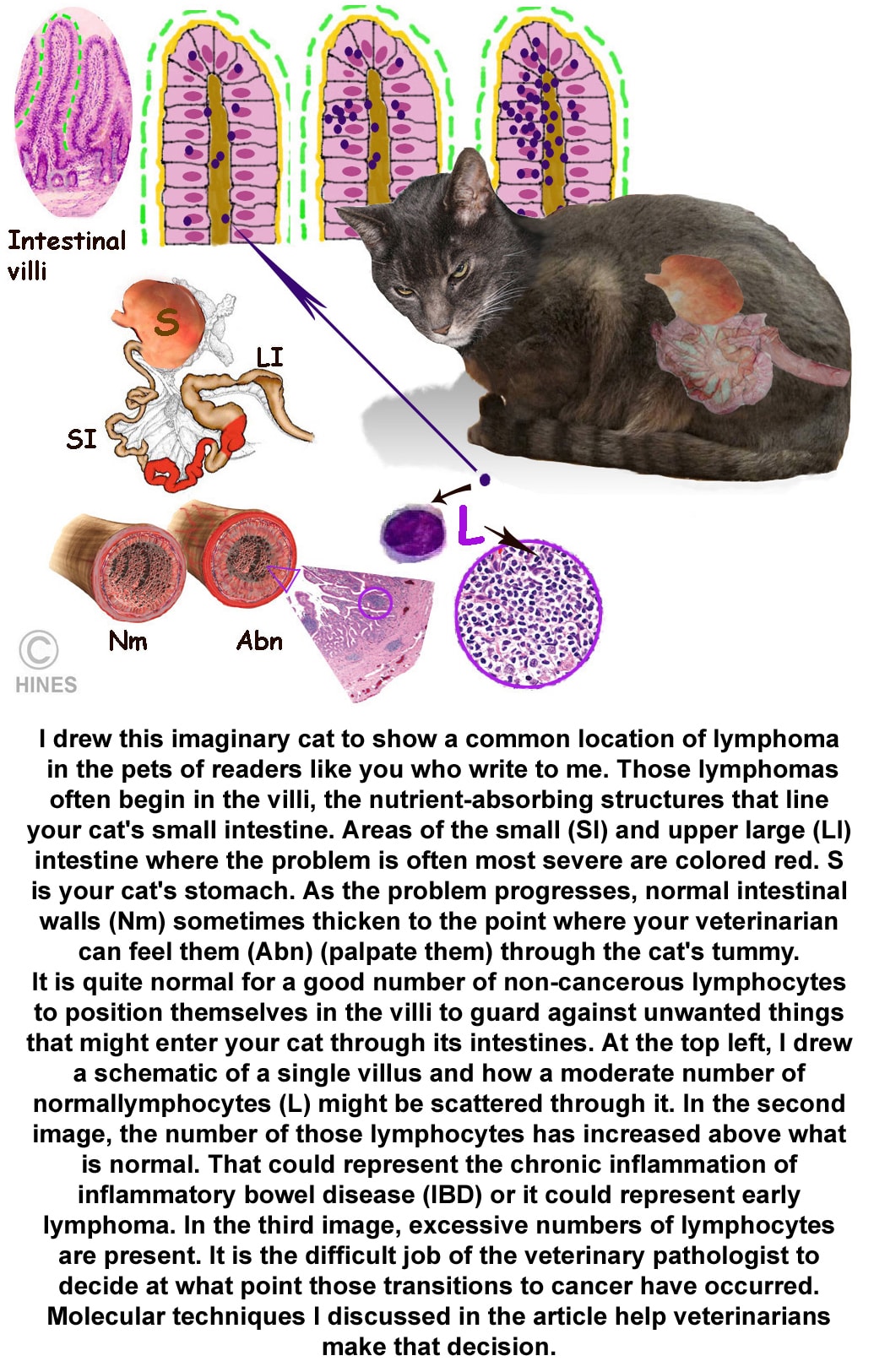
Lymphoma In Your Cat Ron Hines Vetspace 2nd Chance The Animal Health Website

How To Diagnose Feline Intestinal Lymphoma 9 Steps

How To Diagnose Feline Intestinal Lymphoma 9 Steps

Feline Lymphoma Clinician S Brief

Alimentary Lymphoma In A Cat Semantic Scholar

Figure 8 From Extranodal Lymphoma In The Cat Semantic Scholar